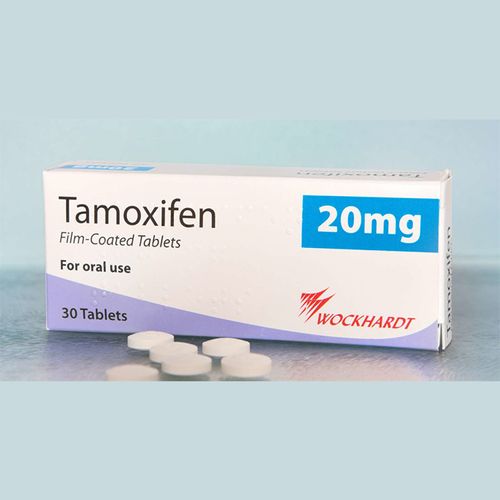Taking tamoxifen to treat breast cancer will not increase your risk of stroke 1 but chemotherapy may.
The Study
Study co-author Ann Geiger, group leader in cancer research at Kaiser Permanente Southern California in Pasadena, and her colleagues enrolled more than 11,000 women from Los Angeles County who had been diagnosed with breast cancer to assess the risk of stroke from tamoxifen treatment. All of the women had been diagnosed between 1980 and 2000, and all were members of Kaiser Permanente, a large health maintenance organization (HMO).
Tamoxifen is a drug that has been used for more than two decades to treat breast cancer. Many women who are at high risk for breast cancer use it to try to prevent the disease. It is sometimes called an anti-estrogen because it interferes with estrogen activity that can help breast cancer cells grow.
The researchers gathered information on the breast cancer treatments that were used, tumor characteristics, the height and weight of the patients and histories of diabetes, high blood pressure and high cholesterol. The researchers also gathered information on reproductive history, birth control use and smoking history.
In all, 422 women were found to have had possible strokes. Of those, 49 were excluded because the stroke occurred before the breast cancer diagnosis. Another 194 from that group were deemed ineligible either because their stroke could not be confirmed or because the researchers could not gather sufficient information on their tamoxifen use.
That left 179 women who had confirmed strokes after their breast cancer diagnosis. The researchers then compared these women with 431 control patients who were age-matched and had similar breast cancers.
Results
The researchers found no association between tamoxifen use and stroke, Geiger says, "When we looked at women who had a first stroke after their breast cancer diagnosis, we did not see a relationship between tamoxifen and stroke."
Previous studies had shown that tamoxifen could increase a woman's stroke risk. According to Geiger, however, these studies did not independently confirm the stroke diagnosis and they did not control the data for the participants other risk factors for stroke.
In addition, they discovered that chemotherapy more than doubled a woman's stroke risk. It did not seem to matter what chemotherapy regimen a woman had undergone; all appeared to increase stroke risk.
Geiger was quick to point out, however, that the overall risk of stroke is very low compared to the known benefits of chemotherapy."
Theories
The researchers were not sure why chemotherapy might increase stroke risk. They speculated that women who had chemotherapy might have had more advanced or more persistent cancer that can raise the risk of blood clots. Or some of the drugs given to help control the side effects of chemotherapy might play a role, Geiger says.
Dr. Jay Brooks, chief of hematology/oncology at Ochsner Clinic Foundation Hospital in New Orleans, has another theory. He says that because chemotherapy kills rapidly dividing cells, some may be damaged and not killed, and clots may form in an attempt to repair the damage.
Implications
"I think this study is reassuring for patients on tamoxifen, but it is in conflict with some of the other studies that found the risk of stroke in patients on tamoxifen is increased, but relatively low," Brooks says. "I tend to shy away from tamoxifen in patients with an increased risk of cardiovascular disease because of the availability of other agents that prevent the return of breast cancer."
"If women are considering tamoxifen, they and their clinicians probably don't need to be worried about stroke risk. Women who have had chemotherapy probably will want to manage their stroke risk as best they can by controlling blood pressure and cholesterol and watching their diet and exercising," Geiger says.
